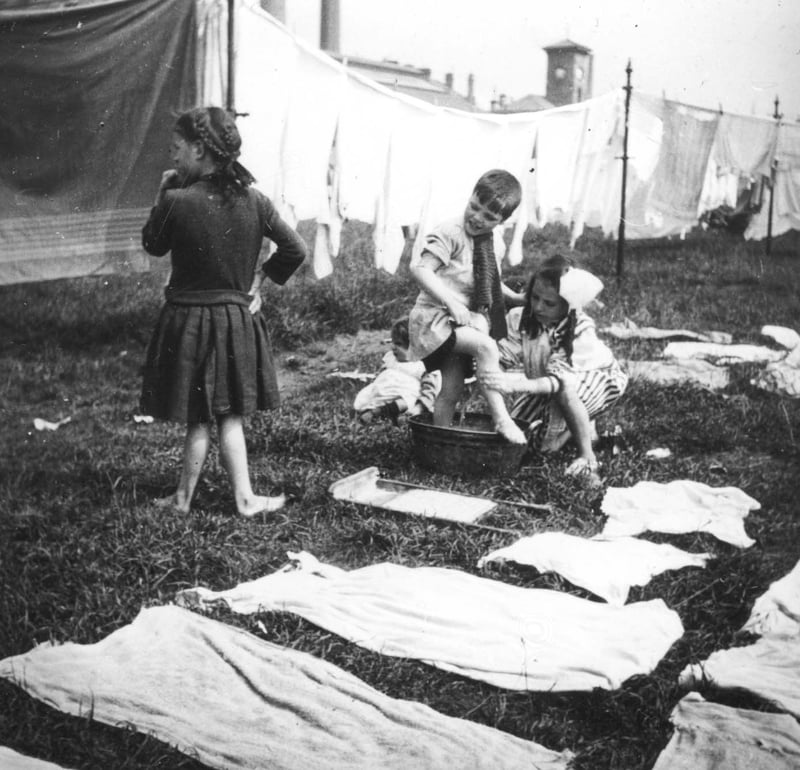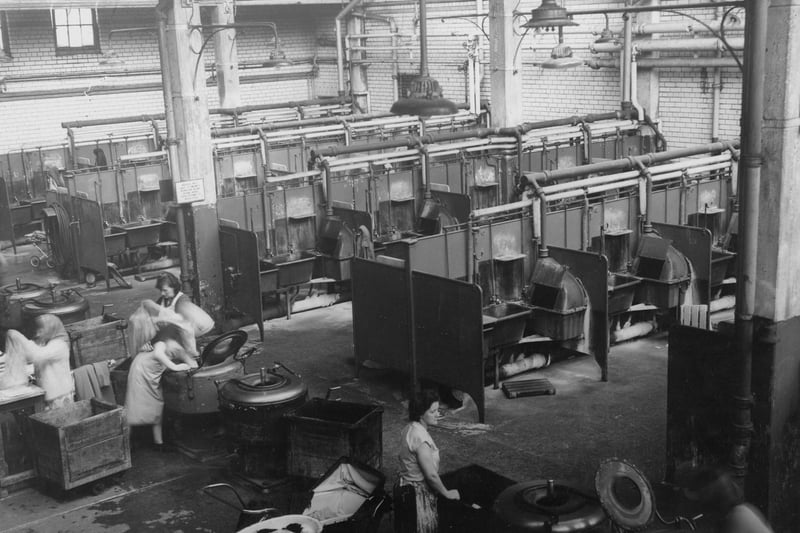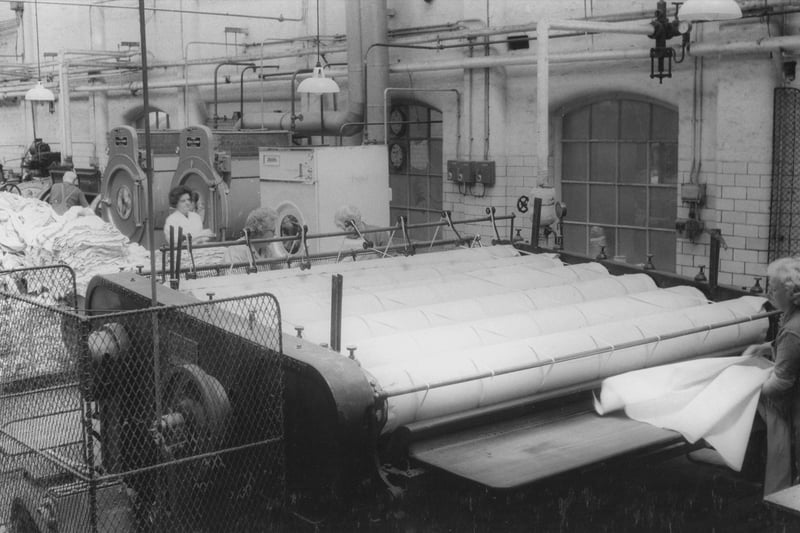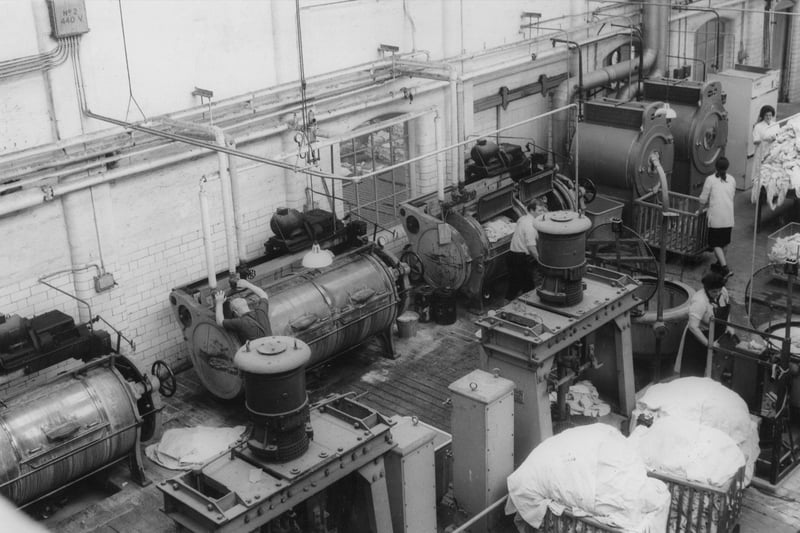The steamie was one of the most important and significant parts of domestic life in Glasgow for literal centuries - without a doubt it contributed majorly to the lifestyle and culture of the city over the years.
Glaswegians of a certain generation will remember being dragged to the hot rooms on washing day - something a lot of Glasgow mammies would look forward to, one of the few they could enjoy out of the many domestic duties they were expected to undertake before the women's liberation movement and the rise of feminism.
The reason they could enjoy it was simple, it was a domestic duty outwith the household, it held its own special community of primarily women who could spend some time away from the house and the constant familial expectations. It was a place of bonding, reassurance, and above all, gossip - something explored heavily in Glasgow classic stage play, show, and novel: The Steamie, by Tony Roper.
Historically one of the first public wash-houses in Glasgow was established on Glasgow Green in 1732 - due to Glasgow's rising slum tenement conditions and lack of running water in the era of industrialisation, it was important to establish these places where Glaswegians could wash themselves and their clothes to improve city-wide sanitation and health.
They were all run by the council (called Glasgow Corporation at the time) and charged similar rates to each other - you could also dry your clothes out on the greens, although there was a charge for this, unless you washed your clothes at home then brought them out to dry.
It was until the mid-late 1800's that public wash-houses and baths upscaled massively in the city as the Victorian era saw poorer and poorer workers face worse and worse conditions - thankfully the new water supply directed from Loch Katrine (read more about the history of the city's water supply here) allowed for more provision of steamies across the city.
By 1914 there were around 23 public washhouses and by 1975, Glasgow District Council was responsible for 26 public baths. There were also a number of private baths in the city - Arlington Baths is the oldest of its kind in the UK, established in 1870 - while other baths include the Western (1876), Victoria (1878), Pollokshields (1883) and Dennistoun (1884).
The steamie was such an ingrained part of Glaswegian culture that women of the household often continued to use public facilities for washing clothes even in places where every tenement had its wash house and drying court.
To find out more about the history of the Glasgow Steamie, check out this blog post from a Glasgow Life archivist, and make sure to take a look through all the old pictures available in Glasgow's City Archives, which contain a wealth of images relating to Glasgow and its social history.
Take a look below at 8 old pictures of Steamies across Glasgow and witness first-hand a lost part of Glaswegian culture.

1. Getting a wash (Circa. 1900)
Children help each other clean up as they hang out washing on Glasgow Green. The square tower of the Greenhead Public Baths and steamie can be seen in the distance above the washing lines at Greenhead Public baths.

2. Washing day (Circa. 1960)
Washing day could be frantic for the women in charge of cleaning the clothes of larger families

3. Washing contraptions (Circa. 1960)
Moan too much after getting dragged to the steamie and your mammy would threaten to shove you under the rollers. Just Glasgow memories.

4. Washing machines & more (Circa. 1960)
With all the washing machines and other mechanisms running all day - the steamie could get like a sauna.
